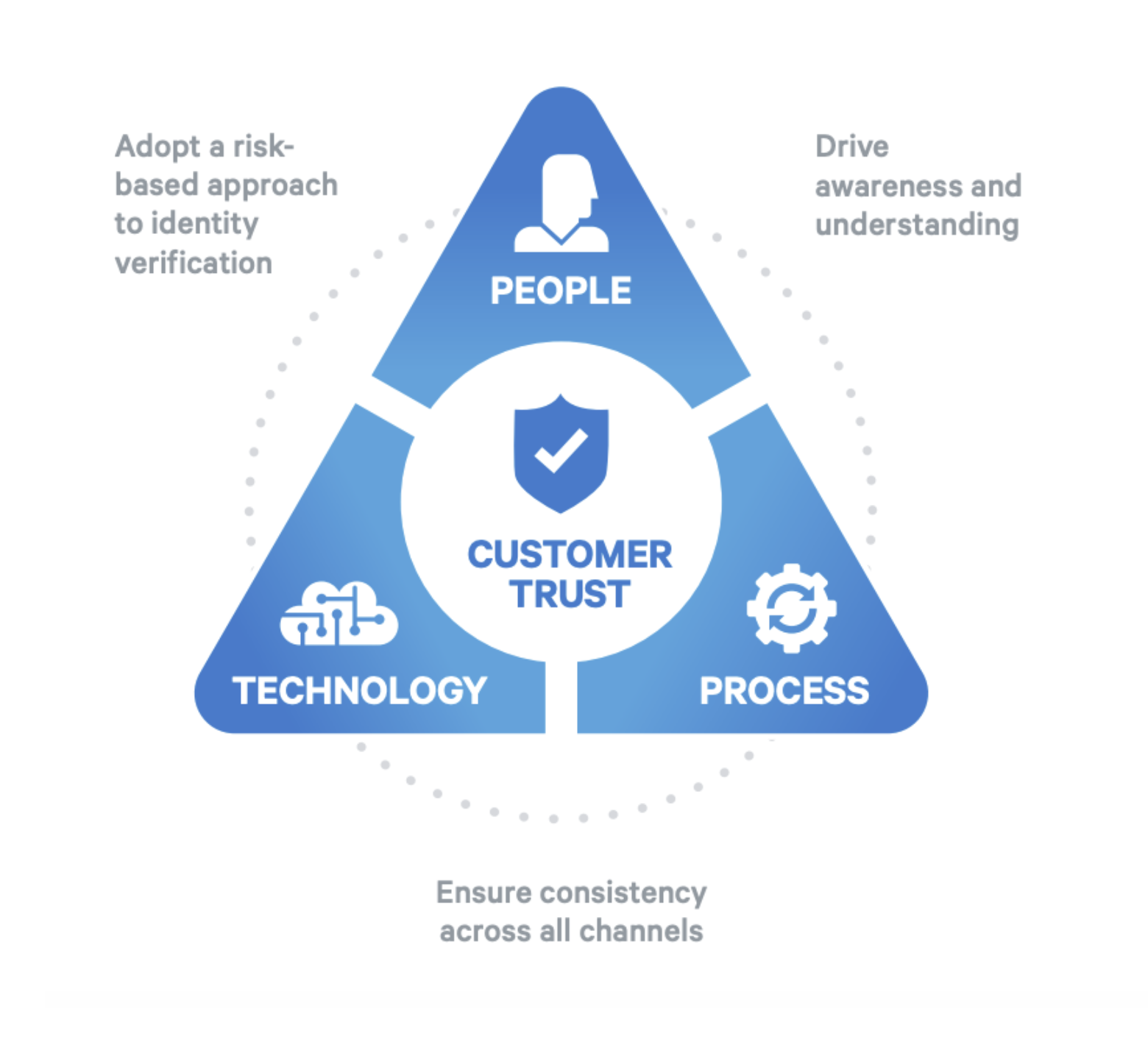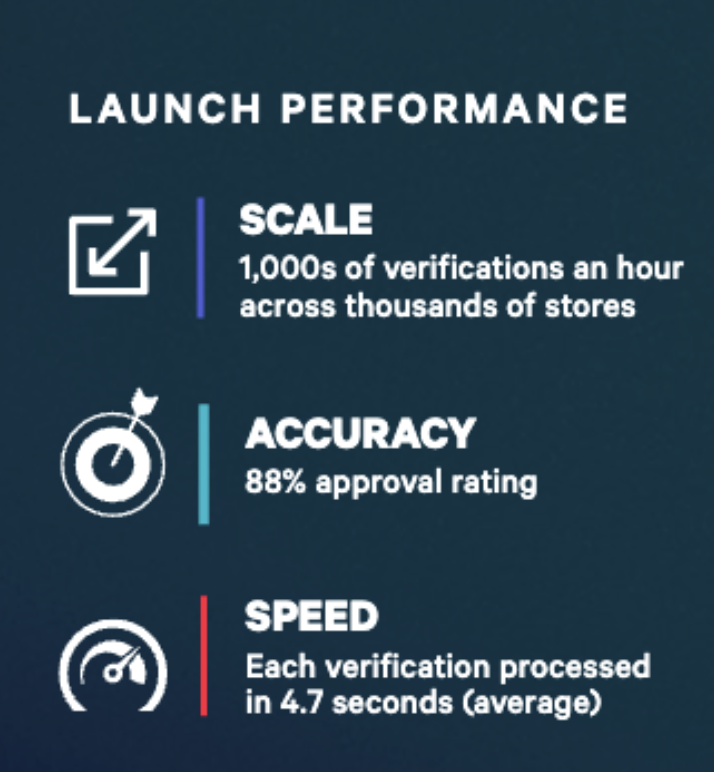 As the digital landscape continues to evolve, omnichannel fraud is emerging as a critical concern in almost every industry, with financial services and telecommunications being two that are hit the hardest. Omnichannel fraud refers to the sophisticated tactics used by fraudsters to exploit vulnerabilities across various channels—whether it's in-person, online, or through mobile platforms. As businesses navigate the complexities of both digital and in-person threats, it's crucial to understand how these attacks unfold and how they can be prevented.
As the digital landscape continues to evolve, omnichannel fraud is emerging as a critical concern in almost every industry, with financial services and telecommunications being two that are hit the hardest. Omnichannel fraud refers to the sophisticated tactics used by fraudsters to exploit vulnerabilities across various channels—whether it's in-person, online, or through mobile platforms. As businesses navigate the complexities of both digital and in-person threats, it's crucial to understand how these attacks unfold and how they can be prevented.
In the telecommunications industry, fraudsters are increasingly targeting retail locations, using fake IDs or hijacked account information to obtain phones and service agreements. This type of fraud, including practices like SIM swapping, saw a 12% increase in 2023 alone, resulting in staggering losses estimated at $38.95 billion. Banks are also seeing staggering losses due to in-person fraud, such as new account openings, which contributed to $5.3B in losses in 2023. The challenge lies in the fact that today’s counterfeit IDs and falsified documents are often indistinguishable from the real thing, making it nearly impossible for customer-facing teams to detect without the aid of AI-powered defenses.
As fraudsters become more sophisticated, they exploit the weakest link in a company's defenses—its employees. From in-store retail and telecom to branch banking, no industry is immune. To combat these multifaceted threats, an omnichannel strategy is essential. By integrating AI-driven solutions across all channels, businesses can better protect themselves against fraud, ensuring that their defenses are as comprehensive and dynamic as the threats they face.
Download the complete omnichannel blueprint
AI-fueled challenges faced by telcos and banks
As fraudsters rapidly escalate their tactics, the telecommunications (telcos) and banking industries face an urgent and complex threat from omnichannel fraud. These dangers aren't confined to the digital realm; they increasingly infiltrate physical locations, where sophisticated identity scams are becoming alarmingly common.
The rise of generative AI has given fraudsters the tools to create counterfeit identities that are nearly impossible to detect without advanced technology, making it essential for telcos and financial institutions to strengthen their defenses across all channels. A significant challenge they face is the alarming resurgence of in-person fraud, where fraudsters use AI-powered tools to effortlessly produce fake IDs and falsified documents, deceiving customer-facing employees in retail stores and branches.
With over 61% of customer interactions occurring online, many businesses have concentrated their defenses on digital channels, inadvertently leaving physical touchpoints more vulnerable to these sophisticated attacks. This shift in focus has created a dangerous opportunity for fraudsters to exploit these less-protected areas, leading to significant financial losses and eroding customer trust.
The blue print to strengthening customer touchpoints against fraud
 With the increasing threat of omnichannel fraud, especially fueled by advancements in generative AI, it is essential to strengthen customer touchpoints to protect against these sophisticated attacks. To effectively combat these threats, companies need to implement a comprehensive fraud prevention strategy that spans every interaction point. This involves adopting a risk-based approach to identity verification, ensuring consistent anti-fraud measures across both online and offline channels, and leveraging advanced technologies to detect and prevent fraud.
With the increasing threat of omnichannel fraud, especially fueled by advancements in generative AI, it is essential to strengthen customer touchpoints to protect against these sophisticated attacks. To effectively combat these threats, companies need to implement a comprehensive fraud prevention strategy that spans every interaction point. This involves adopting a risk-based approach to identity verification, ensuring consistent anti-fraud measures across both online and offline channels, and leveraging advanced technologies to detect and prevent fraud.
By embracing an omnichannel strategy, telecommunication and banking businesses can create a unified defense system that addresses vulnerabilities across all platforms and strengthens their overall security posture. In the following sections, we'll delve deeper into these three critical strategies, offering insights on how to protect your organization against the ever-evolving threats.
1. Adopting a risk-based approach to identity verification
Adopting a risk-based approach to identity verification is essential for telcos and FIs facing increasingly sophisticated threats, particularly from AI-generated counterfeit identities. Unlike a one-size-fits-all solution, this strategy tailors verification processes to the specific risk level associated with each customer interaction. By assessing the unique risk factors—such as the type of transaction, customer history, or the channel being used—businesses can implement appropriate security measures that balance protection with user convenience.
2. Driving awareness and consistency across all channels
Driving awareness and maintaining consistency across all channels are crucial elements in safeguarding every customer touchpoint, whether online or offline. For telecommunications companies and financial institutions, ensuring that anti-fraud measures are uniformly applied across digital platforms, retail stores & branches, and call centers is vital to building a robust defense against sophisticated threats. Consistency in these efforts not only helps in creating a cohesive security strategy but also plays a significant role in building customer trust. When users experience seamless and secure interactions across all channels, they are more likely to feel confident in the company’s ability to protect their personal information.
3. Implementing advanced technologies to combat fraud
As fraudsters become increasingly sophisticated, particularly with the use of AI to generate counterfeit identities and exploit vulnerabilities, it is imperative for telcos and banks to stay ahead by integrating advanced technologies into their fraud prevention strategies. The dynamic nature of fraud today requires more than just traditional defenses; it demands the adoption of innovative tools that can effectively analyze and respond to threats in real-time.
Mitek leads the charge against omnichannel fraud
Mitek is at the forefront of combating omnichannel fraud, offering advanced solutions that enable organizations to deliver consistent, market-leading identity verification across both real-world and digital channels. By incorporating AI-driven technologies, Mitek provides tools that seamlessly integrate into existing systems, ensuring that every customer interaction—whether online, in-store, or through mobile platforms—is protected with the highest level of security.
Mitek’s solutions include sophisticated document authentication, biometric verification, and real-time data analysis, all designed to detect and prevent fraudulent activities before they can cause damage. These technologies are not only effective in identifying counterfeit identities and fraudulent behaviors but are also designed to enhance the customer experience by minimizing friction and maintaining a smooth, secure interaction. With Mitek, organizations can confidently address the challenges of omnichannel fraud, ensuring that their defenses are comprehensive, adaptive, and capable of maintaining trust and security at every touchpoint.
By embedding these advanced technologies into their omnichannel strategy, telecommunications companies and financial institutions can not only protect themselves from the significant financial and reputational damage caused by fraud, but also provide a secure and seamless customer experience. The integration of AI, biometric authentication, and real-time data analysis across all touchpoints ensures that security is both comprehensive and consistent, giving customers confidence in their interactions with the company, whether online or in the real world.
 CASE STUDY: Major U.S. telco mobile provider
CASE STUDY: Major U.S. telco mobile provider
“After visiting two of our stores, both praised the upgraded ID scanning experience and thanked us for addressing issues that had been constantly impacting their ability to provide world-class service. This roll out surpassed our expectations.”
- Principle Engineer, fraud strategy, Major US TELCO mobile provider
Read the full case study in the new Omnichannel Guide
Embracing an omnichannel strategy to combat fraud
In an era where fraudsters are continually advancing their tactics with the help of generative AI, both the telecommunications and financial services industries urgently need to bolster their defenses across all channels. Omnichannel fraud, encompassing both digital and physical interactions, presents a significant threat that requires a comprehensive and adaptive approach.
To effectively counter these sophisticated threats, telcos and FIs must implement best practices, such as adopting a risk-based approach to identity verification, ensuring awareness and consistency across all channels, and integrating advanced technologies like those offered by Mitek. This strategy allows businesses to create a robust defense system that not only detects and prevents fraudulent activities but also enhances the overall customer experience. By taking a comprehensive approach to fraud prevention and leveraging cutting-edge technologies, businesses can establish a strong foundation that protect their operations and customers alike, fostering trust and security in every interaction.

Looking to learn more about omnichannel fraud?